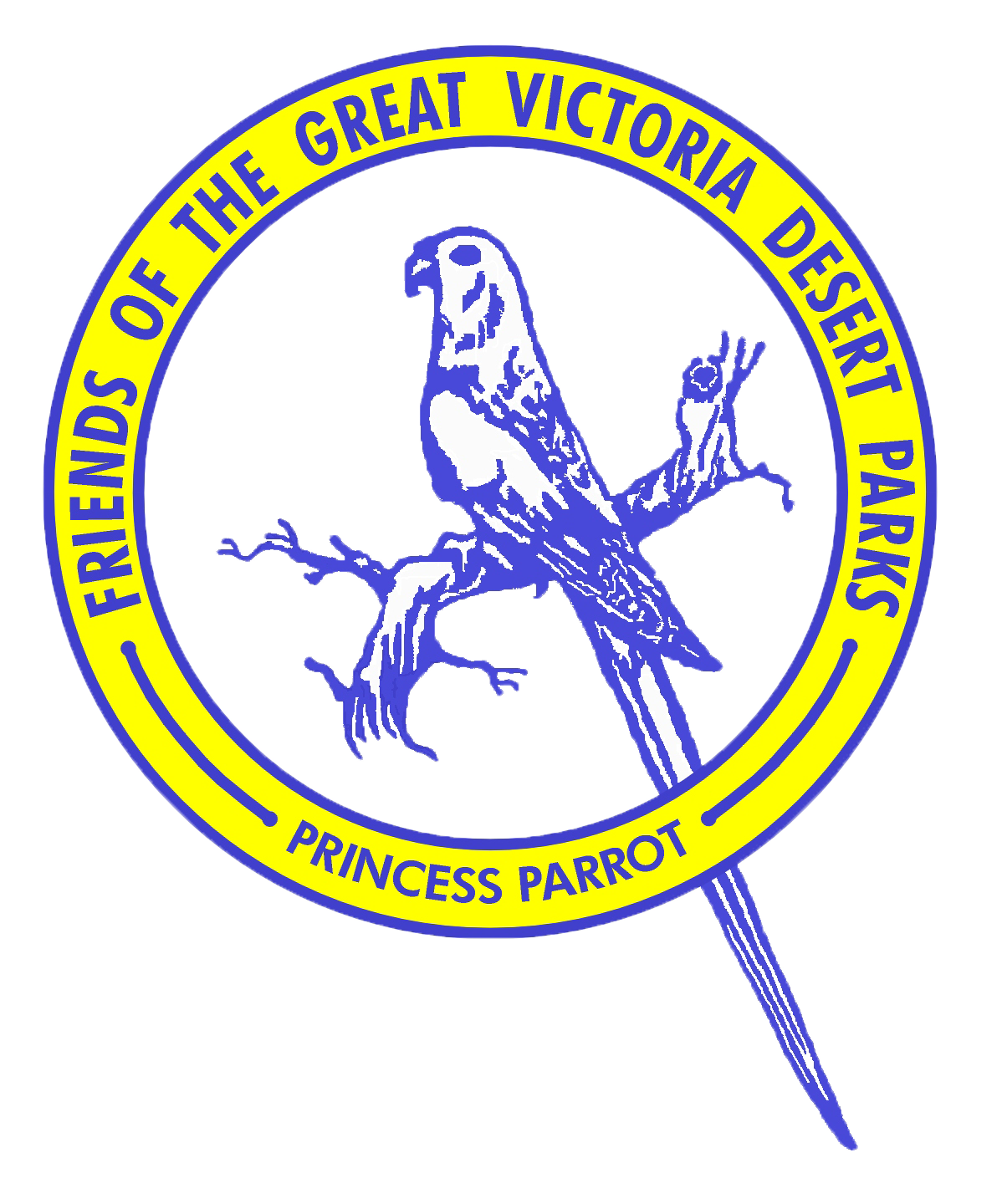WIPU WARA
(PRINCESS PARROT)

WIPU WARA (PRINCESS PARROT)
The rare and elusive Wipu Wara is the bird everybody wants to see. During the 2011 field trip, the Friends were lucky enough to get close to this beautiful bird. Many photos were taken, including this video of a mating pair.
ABOUT THE WIPU WARA
This elusive bird wanders around Australia’s central desert areas, especially the Great Sandy Desert. It is not often seen in the Great Victoria Desert, but the chances of a sighting are increased following good rains. Very occasionally, the bird may appear in flocks of over 100 individuals. Sightings are highly prized by bird watchers.
The Wipu Wara’s currently accepted English name is Princess Parrot, after a Princess Alexandra of Denmark. It has also been called the Queen Alexandra Parrot, Alexandra’s Parakeet, Princess of Wales Parakeet, Rose-throated Parakeet, and Spinifex Parrot. The scientific name is Polytelis alexandrae. Australia has two other Polytelis species – the Superb and Regent Parrots.
Recognising the bird is fairly easy. In flight, the very long tail is a dead give-away. The delicate pastel colours (especially the pink throat and lower face) are found of few other parrots. Keep an eye on shrubs where the Wipu Waras may be eating seeds, flowers and nectar. They can also be seen on the ground, foraging for herbs and grass seeds and shoots.
However, most sightings are of Wipu Waras in Marble Gums (Eucalyptus gongylocarpa). These stately trees provide nesting hollows after many years of growth. The birds prefer hollows which are not too big, under shade and high up (away from the fires which regularly sweep the desert). A suitable hollow will be re-used for several nestings.
Wipu Waras lay around five eggs and incubate them for about 19 days. The chicks stay in the nest for a month.
While this is not a common bird, its conservation status is “Near Threatened” – only one step up from “Least Concern”.





